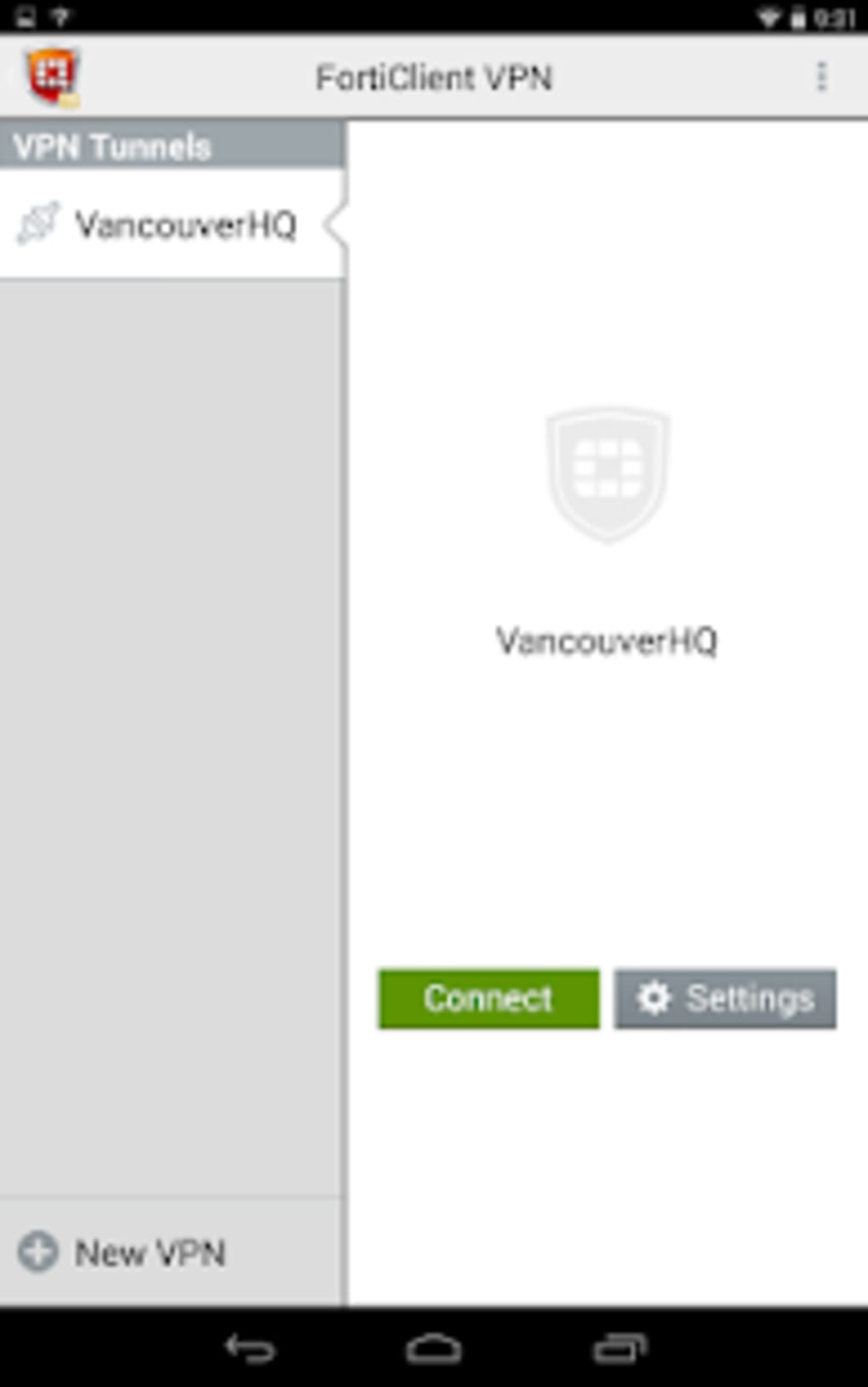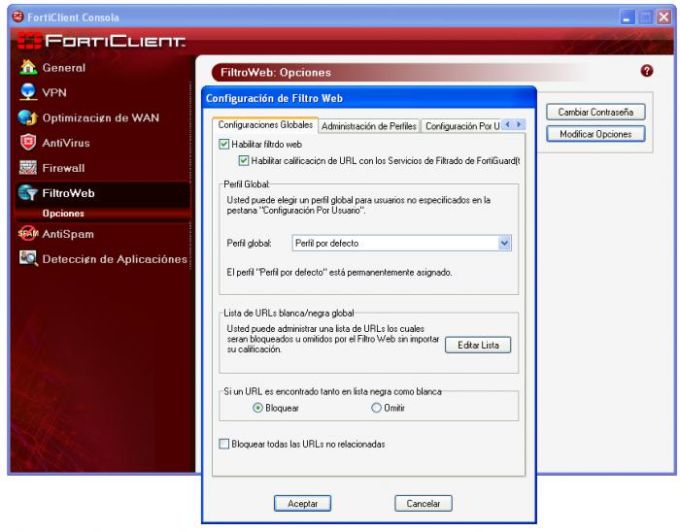

- #FORTICLIENT VPN CLIENT HOW TO#
- #FORTICLIENT VPN CLIENT SOFTWARE#
- #FORTICLIENT VPN CLIENT PASSWORD#
- #FORTICLIENT VPN CLIENT LICENSE#
- #FORTICLIENT VPN CLIENT FREE#
#FORTICLIENT VPN CLIENT FREE#
If you are using the free “FortiClient v6.2 VPN(-only)” you have a limited feature set (please refer to FortiClient VPN 6.2) – for example you are not able to perform host-checks. Additional comments on the FortiClient v6.2 Restricting it with group membershits is not enough in this case of SSL VPN. That means, that only users can authenticate over this service that really need to authenticate on the FGT. Therefore we recommend you to configure any remote authentication service like SAML, RADIUS and LDAP (and so on) to be configured as restrictive as possible. So as soon as the user is present in the LDAP or RADIUS (even if not on any group and nowhere configured on the FGT), this user can authenticate as SSL-VPN user! All Other Users/Groups does really contain ALL other users and groups. SSL-VPN has an option that’s called “All Other Users/Groups”. Ensure, that every SSL-VPN enabled user is present in only one group. It may also be the case, that a user can be authenticated against a radius AND an ldap server at the same time (or a local user with a radius/ldap user at the same time). This message is shown on the “diag deb app sslvpn -1” output, when an LDAP authentication error causes problems. Error Message “sslvpn_login_no_matching_policy” combined with “fam_auth_proc_resp:1229 fnbam_auth_update_result return: 3”
#FORTICLIENT VPN CLIENT LICENSE#
This message is shown on the “diag deb app sslvpn -1” output, when you try to connect with a FortiClient which license is expired. Error message “SSL_accept failed, 1:unsupported protocol “SSL_accept failed, 5:(null)” at the end. So if therefore a SSLVPN connection is stopping after straight 8 hours, even though you are using the tunnel continuously, it’s very likely that you are hitting the authentication timeout. By default this is set to 8 hours (28800 seconds). The auth-timeout is closing the SSLVPN connection based on the the authentication timeout. This configuration can be changed in the WebUI (SSL VPN settings) as well. The idle-timeout is closing the SSLVPN if the connection is idle for more than 5 minutes (300 seconds). If the SSLVPN connection is established, but the connection stops after some time, you should double-check the following two timeout values on the FortiGate configuration: (once the negotiation is done or stopped you can disable the debugger) (now try to establish the SSLVPN connection) The CLI real-time debugger allows monitoring of the SSLVPN negotiation: – The Host could not be contacted (no answer to the TCP SYN packet) General debugging of the SSLVPN negotiation Other error messages “Unable to establish the VPN connection.
#FORTICLIENT VPN CLIENT SOFTWARE#
This can probably be solved by reinstalling the FortiClient software on the computer.
#FORTICLIENT VPN CLIENT PASSWORD#
80% – at this stage the username and password is verified.
#FORTICLIENT VPN CLIENT HOW TO#
And this KB article explains how to check the TLS versions on a windows client. This KB article describes how to check the TLS versions for SSLVPN on the FortiGate. If the client is using CRL or OCSP make sure that the FortiGate certificate can be checked against those protocols.Īdditionally, it is possible that the TLS versions of Client and FortiGate are not matching. Make sure that this popup window is not hidden behind other windows. In this case the user is shown a popup window to confirm the validity of the certificate. If you are using the default FortiGate certificate, the client is probably not trusting this certificate. 40% – there is an issue with the certificates or the TLS negotiation.Check, if the TLS version that’s in use by the FortiGate is enabled on your client. If this message is shown, there is a mismatch in the TLS version. 31% – this percentage is also shown as Error -5029.

Double-check that the FortiClient configuration has set the correct IP and port of the Fortigate. Verify that the client is connected to the internet and can reach the FortiGate. 10% – there is an issue with the network connection to the FortiGate.If the negotiation of SSLVPN stops at a specific percentage: Nevertheless problems may occur while establishing or using the SSLVPN connection. Configuring SSLVPN with FortiGate and FortiClient is pretty easy.


 0 kommentar(er)
0 kommentar(er)
